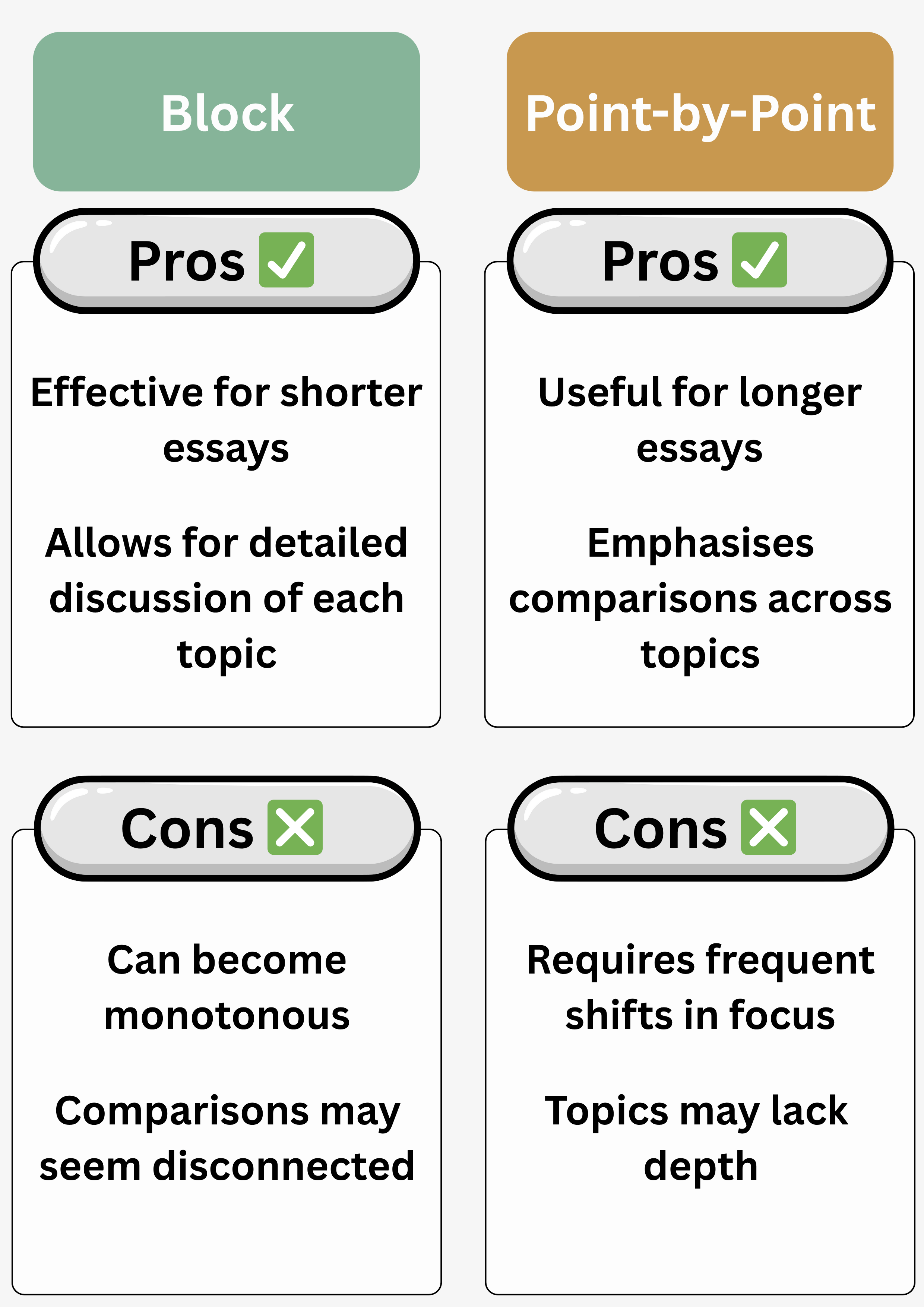Introduction to Writing a Compare and Contrast Essay
A well-crafted compare and contrast essay helps readers understand two subjects more clearly by examining their similarities and differences.
This could be for writing in GCSE/IELTS, university modules, or professional training. This genre of writing develops analysis, organisation, and academic style.
In this lesson prepared by Learn English Weekly, you’ll learn how to plan, structure, and write a high-quality comparison essay, with sentence starters, linking language, and a full sample at the end for your own reference. Let's get started!
Use our Dictionary
Don't know a word? Use our fun, free dictionary! Enter a word and you will see the meaning, pronunciation with an audio example, example sentence, and (hopefully) a great image to match!
Try for freeWhat is a compare and contrast essay?
A compare and contrast essay analyses two subjects in the same category (e.g., two education policies, two novels, two marketing strategies). Your goal is not to list features, but to make a point about how the similarities/differences matter. The best essays have a clear thesis that answers so what?
Your aims
- Choose meaningful points of comparison (criteria)
- Maintain a consistent structure (block or point-by-point)
- Use linking language to signal similarity/difference
- Support claims with evidence (data, quotations, examples)
- Conclude with a synthesis (what the comparison shows)
Step 1: Plan with clear criteria
- Select comparable subjects
Keep them at the same level: two cities, not a city vs a country; two renewable-energy options, not “renewables vs climate change”. - Define the purpose
Are you deciding which is better, or simply explaining differences? Write a one-line thesis aim:
“This essay argues that X is more sustainable than Y because of cost, scalability, and environmental impact.” - Choose 3–4 criteria
Examples: cost, accessibility, effectiveness, side effects, themes, tone, audience, impact, ethics. - Collect evidence
Short quotes, statistics, case studies, or textual details mapped to each criterion.
Step 2: Pick a structure that fits your purpose
Two common structures
A) Block method (whole-to-whole)
Discuss all aspects of Subject A, then all aspects of Subject B.
Best when readers are unfamiliar with the subjects and need a full picture before comparison.
B) Point-by-point method (alternating)
Take each criterion and compare A vs B within the same paragraph.
Best for evaluations and when you want tight, direct contrast.
Quick reference table
Tip: Examiners often prefer point-by-point for its clarity, but both can score highly if your comparisons are explicit.
Step 3: Build analytical paragraphs (PEEL+Compare)
Use PEEL with a comparison twist:
- Point: state the criterion and your claim.
- Evidence: data/quote/example for A and for B.
- Explanation: interpret the difference/similarity.
- Link: explain what this means for your thesis.
Sentence starters
- Similarity: “Both texts present…”, “A and B similarly emphasise…”, “In parallel, …”
- Difference: “In contrast…”, “Whereas A…, B…”, “Unlike A, B…”
- Evaluation: “This suggests…”, “Consequently…”, “On balance…”
Step 4: Language you’ll use (signal words)
- Similarity: similarly, likewise, in the same way, both, also
- Difference: however, whereas, on the other hand, in contrast, yet
- Evaluation: therefore, consequently, overall, ultimately, on balance
- Hedging: tends to, may, appears to, is likely to
Step 5: Introductions and conclusions
Introduction checklist
- Brief context for both subjects
- Purpose and angle of the comparison
- Clear thesis (what you will argue or show)
- Indicate structure (criteria or method)
Conclusion moves
- Synthesis (not a repeat): what the comparison reveals
- State implications or recommendation
- Avoid adding new evidence

Full Sample Compare & Contrast Essay (≈ 420 words)
Essay question: Should universities prioritise in-person or online lectures for first-year students? Compare and contrast both modes and make a recommendation.
Introduction
Universities have adopted a mixture of online and in-person teaching since the pandemic, yet the ideal balance for first-year students remains contested. This essay compares in-person and online lectures across three criteria—learning effectiveness, accessibility, and community building—and argues that a hybrid model with an in-person bias best supports new students.
Learning effectiveness
In-person lectures help students manage attention through the shared environment: arriving on time, sitting with peers, and receiving immediate cues from the lecturer’s tone and movement. Studies of note-taking show higher recall when learners write by hand in a live setting. However, online lectures allow replay, variable speed, and captions, which benefit language learners and students with processing needs. While both formats can deliver clear explanations, online recordings excel for revision, whereas in-person sessions provide stronger real-time focus.
Accessibility
Online lectures reduce commuting time and costs, widen access for students who work part-time, and ensure parity for those with short-term illness. They also enable guest speakers from anywhere. Conversely, in-person delivery supports access of a different kind: the physical campus, with mentors and librarians nearby, helps students navigate unfamiliar systems. For first years still learning how university works, immediate human help is a form of accessibility that online platforms struggle to replicate.
Community building
Friendship networks often begin before or after lectures. The corridor chat, the quick “Did you get that?” exchange, and the invitation to a study group are easiest face to face. Online platforms can host discussions, yet participation is uneven and interactions risk becoming transactional. For students just arriving from school, the identity-forming aspect of campus life is especially valuable, and in-person lectures anchor that routine.
Conclusion
Both modes offer tangible benefits: online delivery supports flexible learning and catch-up, while in-person delivery shapes attention and community. On balance, universities should adopt a hybrid approach with in-person lectures as the default and recordings available for revision and access needs. This arrangement blends the strengths of each mode and addresses the specific challenges faced by first-year students.
Short editing checklist
- Clear thesis with purpose of comparison
- Consistent structure (signposted in topic sentences)
- Each paragraph compares both subjects
- Linking language present and accurate
- Synthesis in the conclusion (decision or insight)
Glossary
- Criterion (noun) — a standard used to compare subjects.
- Similarity (noun) — a shared feature between subjects.
- Difference (noun) — a contrasting feature between subjects.
- Thesis (noun) — your main claim or overall position.
- Synthesis (noun) — a final insight drawn from comparing evidence.
- Block method (noun) — discuss A fully, then B fully.
- Point-by-point method (noun) — compare A and B on each criterion in turn.
- Signposting (noun) — phrases that guide the reader through your structure.
- Hedging (noun) — cautious language (e.g., may, tends to) used in evaluation.
- Register (noun) — level of formality in your writing.
Practise What You Learned
Q1 (MCQ): Which structure best suits an evaluative comparison?
A) Narrative order
B) Point-by-point
C) Chronological only
D) Definition → example only
Q2 (True/False): Good comparisons can mix unrelated criteria without explanation.
Answer:
Q3 (Short answer): Write one sentence starter that signals difference.
Answer:
Q4 (MCQ): Which conclusion is strongest?
A) “Both are different.”
B) “There are pros and cons.”
C) “On balance, X should be prioritised because …”
D) “This essay compared two things.”
Q5 (Short answer): List two benefits of online lectures for access.
Answer:
(Correct answers are below.)
Answers:
Q1: B) Point-by-point
Q2: False
Q3: “Whereas A…, B…” / “In contrast, …”
Q4: “On balance, X should be prioritised because …”
Q5: Replay/captions; reduced commute; flexibility for illness/work.
Join over 500+ learners
Join the community for free resources and other learning opportunities.
No spam — only valuable English learning content.
